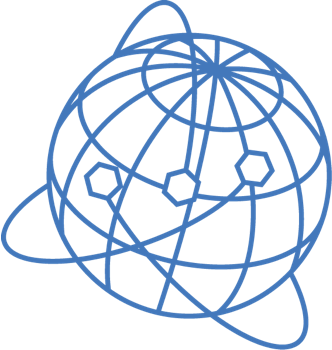The protocol can be defined as the symbolic order which expresses the political order. It is first a hierarchy which classifies actors and enforces legitimate behaviours. Then, the protocol is a show inviting the public to make allegiance to these actors in function of their rank. From this perspective, the European Union, commonly described as a multi-level and evolving system with no precise hierarchy, is a particularly interesting case : the non-formalisation, and the simplicity of the European ceremonial, result from the necessity to deal permanently with the national diversities and the unending changes of the European political configuration. It also may appear as a strategy to emphasise a new way to make politics in a more rational and modern fashion. The absence of precise codification favours national leaders above all. The member states’ ceremonials remain structuring and give an unequal and subordinate status to the European representatives (Commissioners, high civil servants, members of the European Parliament). Finally, the shyness of the European protocol expresses the weakness of the European political order and the difficulty to dramatise it. –Summary AFRI-2003
Copyright © 2024 Centre Thucydide -
Politique de confidentialité -
Gérer votre consentement
Confidentialité
Nous utilisons des cookies sur notre site web pour vous offrir l'expérience la plus pertinente en mémorisant vos préférences et vos visites répétées. En cliquant sur "Accepter", vous consentez à l'utilisation de TOUS les cookies. Vous pouvez sinon paramétrer vos choix en cliquant sur "Paramètrer"
Gérer votre consentement
Confidentialité
Ce site web utilise des cookies pour améliorer votre expérience lorsque vous naviguez sur le site. Parmi ceux-ci, les cookies qui sont catégorisés comme nécessaires sont stockés sur votre navigateur car ils sont essentiels pour le fonctionnement des fonctionnalités de base du site web. Nous utilisons également des cookies tiers qui nous aident à analyser et à comprendre comment vous utilisez ce site web. Ces cookies ne seront stockés dans votre navigateur qu'avec votre consentement. Vous avez également la possibilité de refuser ces cookies. Mais la désactivation de certains de ces cookies peut affecter votre expérience de navigation.
Les cookies publicitaires sont utilisés pour fournir aux visiteurs des annonces et des campagnes de marketing pertinentes. Ces cookies suivent les visiteurs à travers les sites Web et collectent des informations pour fournir des annonces personnalisées.
Les cookies analytiques sont utilisés pour comprendre comment les visiteurs interagissent avec le site web. Ces cookies permettent de fournir des informations sur les métriques le nombre de visiteurs, le taux de rebond, la source de trafic, etc.
Les cookies fonctionnels aident à réaliser certaines fonctionnalités comme le partage du contenu du site web sur les plateformes de médias sociaux, la collecte de commentaires et d'autres fonctionnalités tierces.
Les cookies nécessaires sont absolument indispensables au bon fonctionnement du site web. Ces cookies assurent les fonctionnalités de base et les caractéristiques de sécurité du site web, de manière anonyme.
Les autres cookies non catégorisés sont ceux qui sont en cours d'analyse et qui n'ont pas encore été classés dans une catégorie.
Les cookies de performance sont utilisés pour comprendre et analyser les indices de performance clés du site Web, ce qui permet d'offrir une meilleure expérience utilisateur aux visiteurs.


